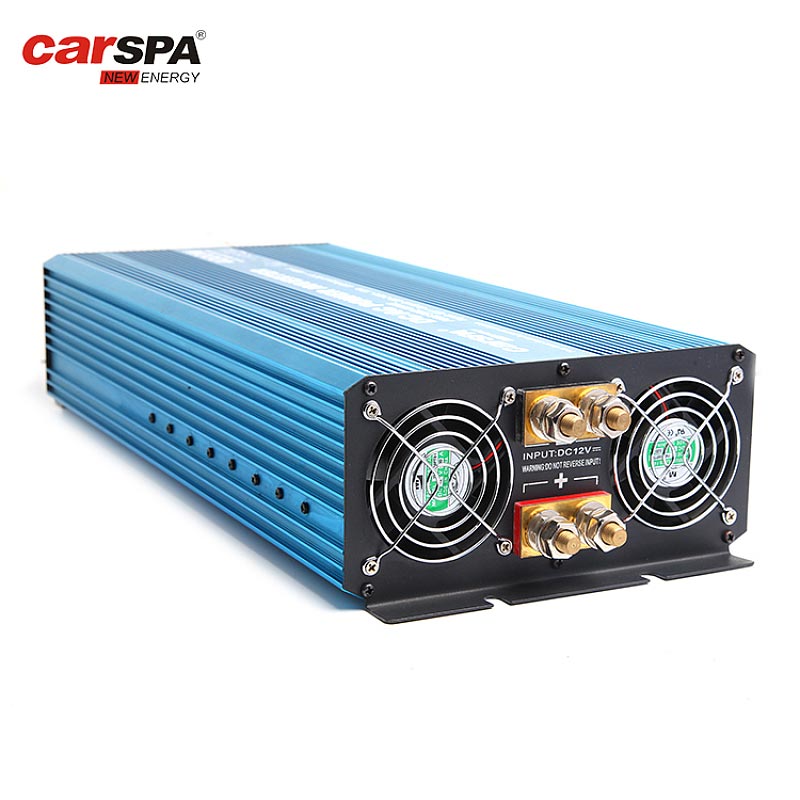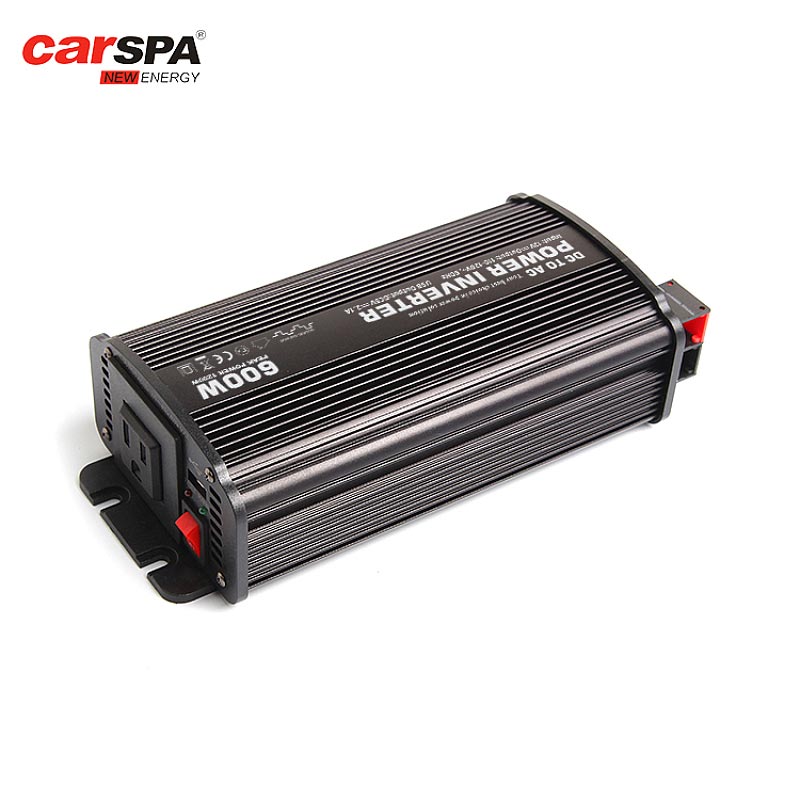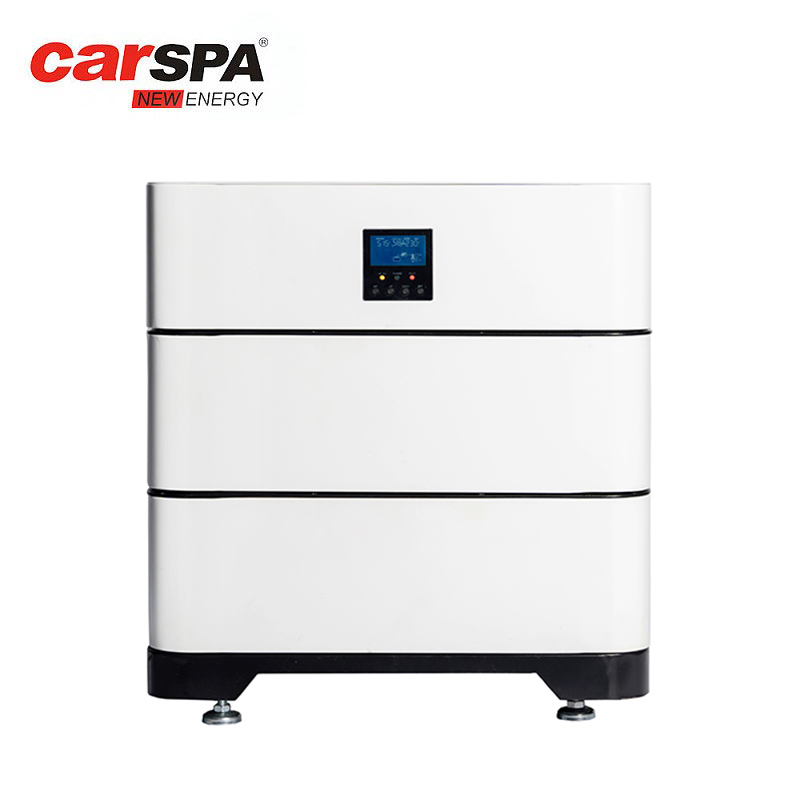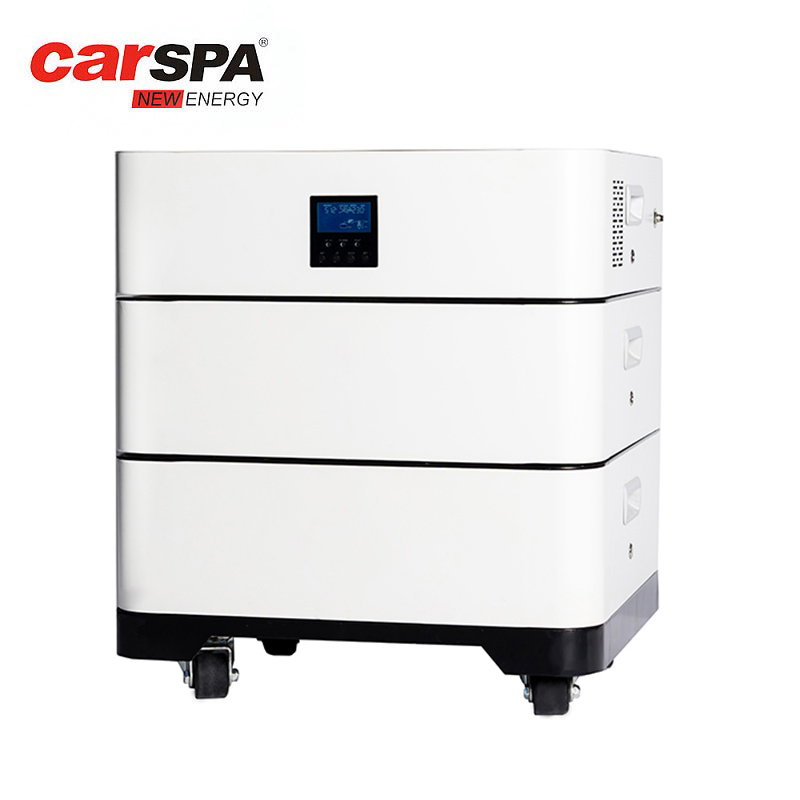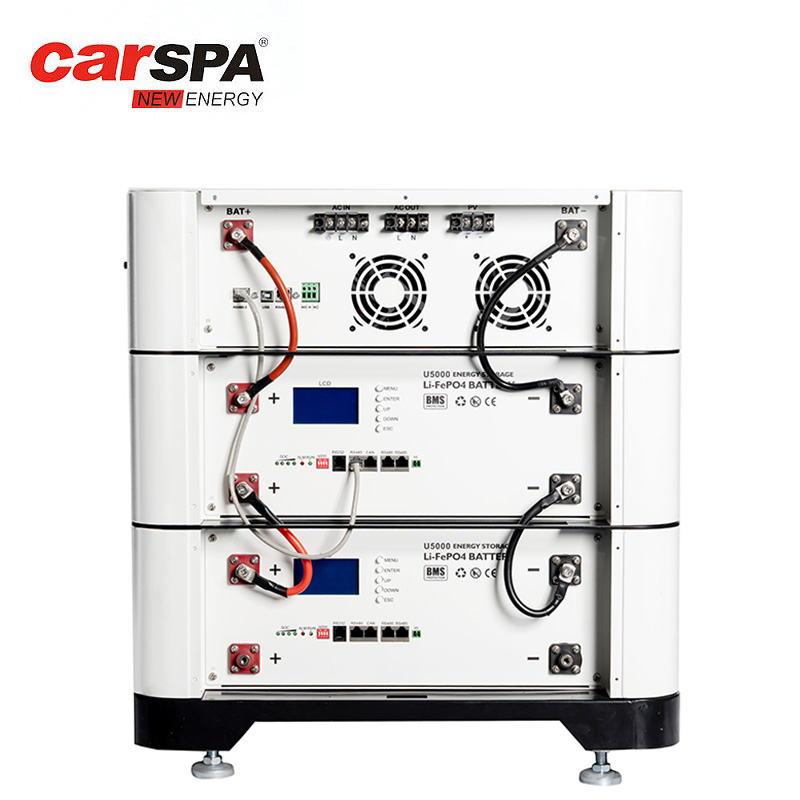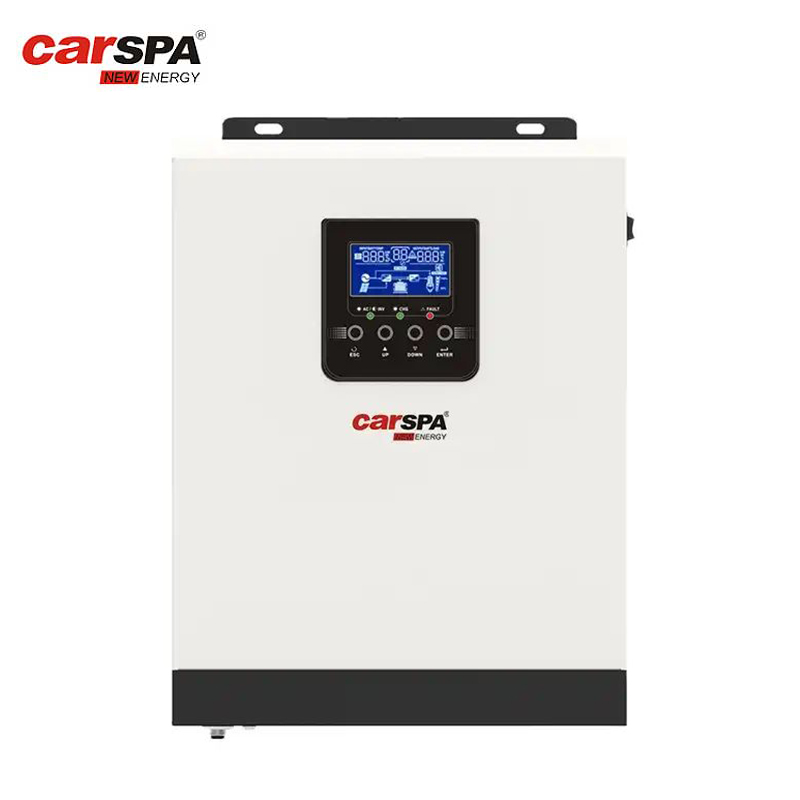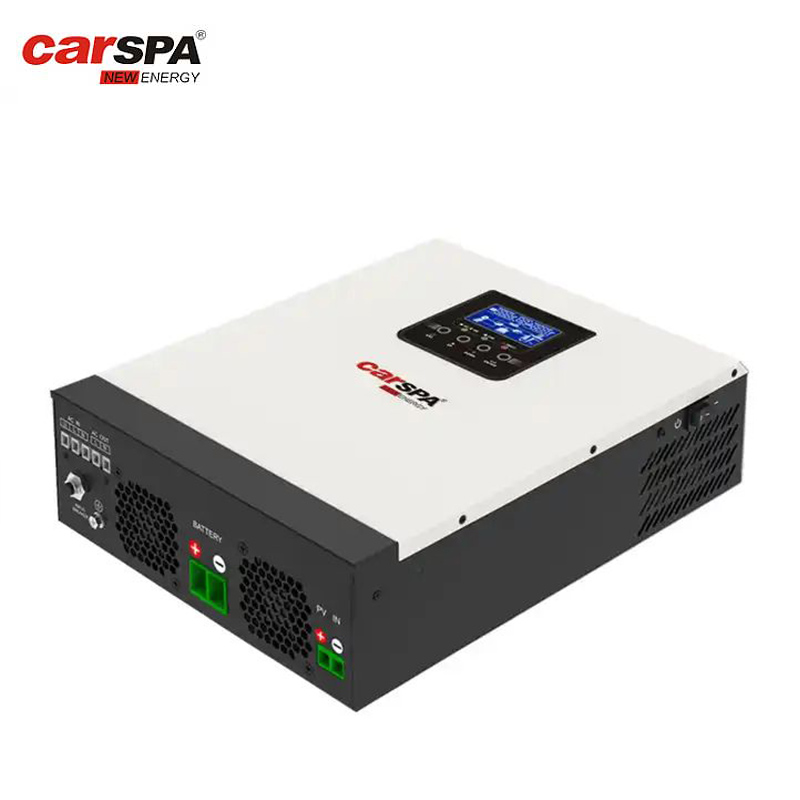Which types of energy storage systems are commonly used
In today's rapidly evolving energy landscape, the need for efficient and reliable energy storage systems has become increasingly evident. As we strive to integrate renewable energy sources, address peak demand periods, and ensure a stable power supply, the question arises: Which types of energy storage systems are commonly used? Understanding the different technologies available and their applications is key to unlocking the full potential of energy storage and shaping a sustainable future. Join us as we delve into the world of energy storage and explore the commonly used types that are paving the way for a more resilient and efficient energy infrastructure.
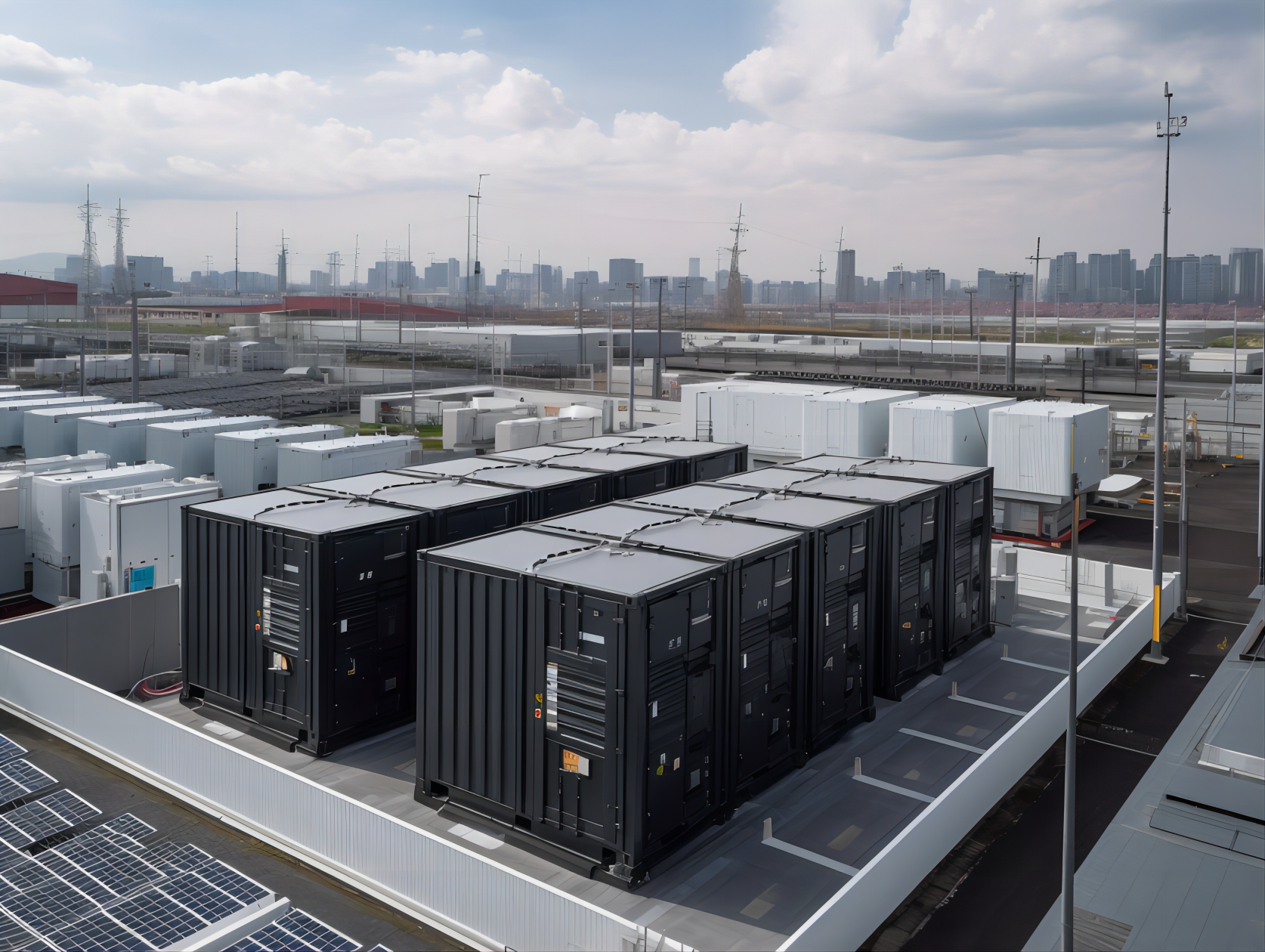
Short-Term Energy Storage Systems
When it comes to short-term energy storage systems, our minds often turn to the utilization of advanced battery technologies for storing and releasing energy. These technologies have found widespread applications in various domains, offering convenience and flexibility to our lives.
One commonly used and widely adopted short-term energy storage technology is lithium-ion batteries. They can be found in nearly all modern portable devices such as smartphones, laptops, and tablets. The popularity of this battery technology stems from its high energy density, lightweight portability, and reliable charging and discharging performance. Lithium-ion batteries store and release energy by moving lithium ions between the positive and negative electrodes. In the realm of electric vehicles, lithium-ion batteries have emerged as the primary choice due to their ability to provide sufficient energy density and reliability for long-distance driving needs.
In addition to lithium-ion batteries, lead-acid batteries are also a prevalent short-term energy storage technology. They are a mature and cost-effective technology widely used in backup power systems, power distribution, and solar energy storage systems. While they have relatively lower energy density, lead-acid batteries exhibit high cycle life and good adaptability, reliably functioning in different temperature and environmental conditions. This makes them an ideal choice for applications that require dependable and affordable short-term energy storage solutions.
Furthermore, sodium-sulfur batteries have garnered significant attention as a short-term energy storage technology. These batteries utilize a chemical reaction between sodium and sulfur compounds at high temperatures to store and release energy. Sodium-sulfur batteries boast high energy density and long cycle life, making them suitable for large-scale energy storage projects and renewable energy applications. The high-temperature operation requirements also drive further research into thermal management and safety considerations to ensure their reliability and stability in practical applications.
Long-Term Energy Storage Systems
When it comes to meeting long-term energy storage needs, various technologies come into play, offering solutions that go beyond the limitations of short-term storage systems. These technologies enable us to store energy on a larger scale and for longer durations, supporting the integration of renewable energy sources and ensuring a stable and reliable energy supply.
One prominent long-term energy storage technology is hydrogen storage. Hydrogen has gained significant attention as a versatile and sustainable energy carrier. It can be produced through electrolysis using renewable energy sources, stored, and later converted back into electricity through fuel cells or combustion when needed. Hydrogen storage systems allow for large-scale energy storage, making them suitable for long-duration applications such as seasonal energy storage or providing backup power to remote areas. Additionally, the advantage of hydrogen lies in its high energy density, enabling the storage of significant amounts of energy in a relatively small volume.
Another long-term energy storage technology is compressed air energy storage (CAES). This technology utilizes excess electricity to compress air and store it in underground caverns or tanks. When electricity demand is high, the compressed air is released, driving turbines to generate electricity. CAES systems have the advantage of utilizing existing infrastructure such as natural gas storage facilities, making them cost-effective and versatile. They can store large amounts of energy for extended periods and provide grid stability by balancing supply and demand.
Fluid batteries, also known as flow batteries, are emerging as promising long-term energy storage solutions. These batteries employ electrolyte solutions that flow through the battery system, storing and releasing energy as required. Flow batteries offer advantages such as scalability, long cycle life, and the ability to independently scale power and energy capacity. They find applications in renewable energy integration, grid stabilization, and large-scale energy storage projects. The flexibility of flow batteries allows for customization based on specific requirements, making them suitable for diverse energy storage needs.
As we explore long-term energy storage technologies, it is crucial to consider their integration with renewable energy sources. The intermittent nature of renewables, such as solar and wind, requires efficient and reliable energy storage solutions to balance supply and demand. Long-term energy storage systems enable the integration of renewable energy into the grid, ensuring a stable and continuous power supply even during periods of low renewable energy generation.
Emerging Energy Storage Technologies
In addition to the established long-term energy storage systems, the field of energy storage is constantly evolving, with researchers and innovators pushing the boundaries to develop new and promising technologies. These emerging energy storage technologies hold the potential to revolutionize the way we store and utilize energy, offering improved efficiency, enhanced performance, and increased sustainability.
One such exciting area of exploration is nanotechnology. Nanotechnology involves manipulating materials and structures at the nanoscale level, unlocking unique properties and capabilities. In the context of energy storage, nanotechnology holds the promise of creating advanced materials with higher energy densities, faster charging rates, and longer cycle lives. Researchers are experimenting with nanomaterials such as graphene, carbon nanotubes, and nanocomposites to enhance the performance of batteries and supercapacitors. These advancements could lead to smaller, lighter, and more efficient energy storage devices that have a profound impact on various industries, from portable electronics to electric vehicles.
Fuel cells are another emerging technology with great potential in energy storage. Fuel cells generate electricity through the electrochemical reaction of hydrogen and oxygen, with water as the only byproduct. They offer high energy conversion efficiencies and can operate continuously as long as fuel (hydrogen) is supplied. Fuel cells have diverse applications, including stationary power generation, transportation, and even portable devices. As advancements in fuel cell technology continue, we can anticipate improved efficiency, reduced costs, and increased reliability, making fuel cells a viable long-term energy storage solution.
In addition to nanotechnology and fuel cells, other innovative approaches are being explored. For instance, researchers are investigating the use of advanced materials like metal-organic frameworks (MOFs) and solid-state batteries. MOFs possess a high surface area and tunable properties, making them promising candidates for energy storage applications such as gas storage, hydrogen storage, and catalysis. Solid-state batteries, on the other hand, aim to replace the liquid electrolyte found in traditional batteries with solid materials, improving safety, energy density, and cycle life.
The development of these emerging energy storage technologies is fueled by the increasing demand for efficient, sustainable, and reliable energy solutions. However, it is important to note that while these technologies show great promise, they are still in various stages of development and commercialization. Further research, optimization, and scalability are required before they can be widely implemented.
As we delve into the realm of energy storage systems, it becomes evident that a combination of short-term and long-term solutions is required to meet the ever-growing energy demands of our world. From lithium-ion batteries powering our portable devices to emerging technologies like hydrogen storage and compressed air energy storage, the landscape of energy storage is continuously evolving. By recognizing the commonly used types of energy storage systems and their respective advantages, we can make informed decisions in adopting sustainable energy solutions. With ongoing advancements and innovations in this field, we can look forward to a future where reliable and efficient energy storage systems are at the heart of our sustainable energy infrastructure, paving the way for a cleaner and brighter tomorrow.




